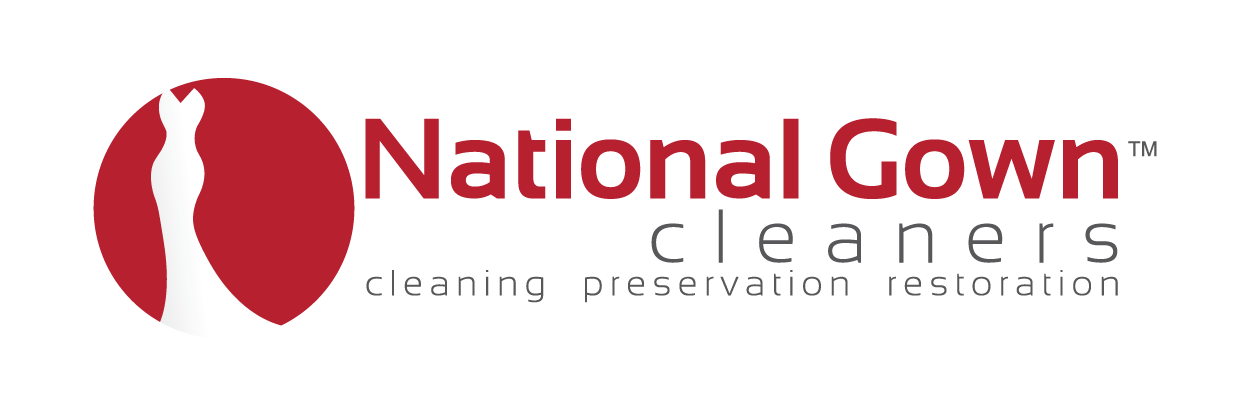What is Dry, Wet, and Hand Cleaning?
Dry Cleaning: Dry-cleaning was discovered by a French dye works owner, Jean-Baptiste Jolly, in Paris in 1825, as a result of a simple accident. *The year of the invention is still to this day disputed. A kerosene lamp had fallen on a tablecloth leaving the area in which the kerosene had spilled very clear and the surrounding areas of the cloth much dirtier. As the practice of cleaning with kerosene grew, other countries started using this method and referred to it as French Cleaning.
While dry-cleaning uses little or no water, the process is not "dry". It does involves the use of liquid solvents (substances that dissolve other substances). Over the years due to concerns over environmental issues, new technology has been used to create new safer types of cleaning solvents and methods. Here are cleaning types used most commonly today:
Perchloroethylene
Hydrocarbon
Liquid silicone
Wet cleaning
Hand cleaning
Many machines manufactured for the dry-cleaning process perform the complete process in a self contained unit. The whole dry-cleaning operation is performed in sequence (cleaning, drying, aerating and so on) producing garments ready for inspection, and finishing.
Wet Cleaning: Environmentally, wet-cleaning is safer and the health risks are lower. Today, more garments are being manufactured with unstable trims or non dry cleanable beads and sequins, wet-cleaning can sometimes be the only alternative to dry-cleaning. Stains such as perspiration, sugar from foods and beverages are considered water-based stains. Water-based stains respond much better to wet-cleaning. The wet-cleaning process of yesterday required a person to gently immerse the garment under a bath of water mixed with a neutral synthetic detergent, non alkaline detergent such as Orvus WA Paste. The garment was kept slowly and constantly moving in a tub or steel sink (which depends on the fabric's condition). Once clean, the garment was rinsed and removed by hand and in some cases placed on screens to dry. While this process is still employed by us today, there are now many sophisticated wet-cleaning machines which have been developed to safely handle garments. Our textile conservators will still use the traditional method of wet-cleaning when required, particularly when dealing with delicate fabrics. We use Orvus WA Paste, biodegradable and museum detergent solutions in the wet-cleaning process so that no hazardous waste is produced.
Hand Cleaning:Hand cleaning or hand washing as it was referred to in the early 1800's is a non automated variation of wet cleaning. This is important for delicate textiles where special handling is needed, or for certain types of stains where careful control of the cleaning agents is required. National Gown Cleaners has experts in hand cleaning who can handle nearly any challenge that may come up in the process of stain removal.
